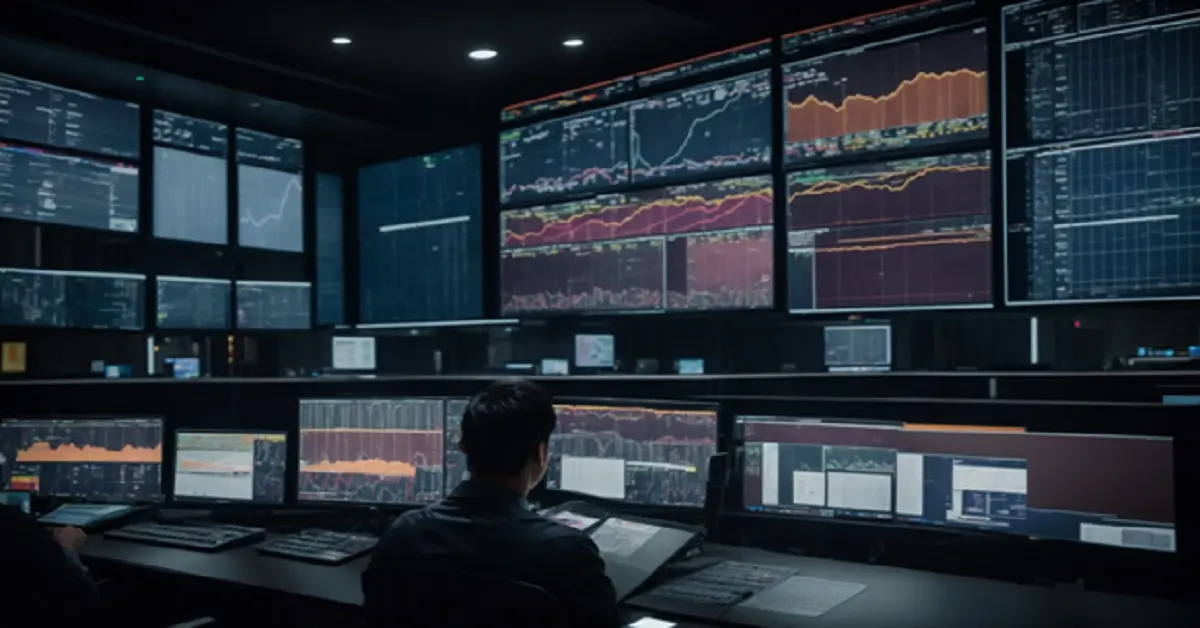As a business owner or facility manager, the well-being of your building and operations is crucial for sustained success and growth. Regular maintenance is not just about fixing problems as they arise but also about preventing potential issues and ensuring your business runs smoothly. Enacting a structured approach to maintenance and operational management can fend off unexpected downtime and preserve the value of your assets. Below, we provide insights and strategies to help maintain your building and keep business operations efficient.
Essential Tips for Streamlining and Securing Your Business Operations
Streamlining operations encompasses the simplification of processes, strategic delegation of tasks, and integration of systems for heightened efficiency. Adopting clear, concise operations can dramatically reduce wasted time and resources, thereby accelerating productivity.
Meanwhile, securing your business is about more than just locks and alarms; it involves safeguarding data, intellectual property, and the operational integrity of the business. Companies must invest in contemporary security measures to protect against cyber threats and data breaches.
One such investment is in network monitoring tools. The right network monitoring software can prevent downtime, catch anomalies early, and keep critical operations running smoothly—all key factors in maintaining a secure and efficient business environment.
Implementing a Proactive Maintenance Strategy for Long-Term Building Health
A proactive maintenance strategy is an investment in the future health of your building. Instead of reacting to problems, this approach involves regularly scheduled service to prevent them. It requires meticulous planning and a deep understanding of your building’s needs and operational rhythms.
Creating a maintenance calendar that outlines all the necessary tasks throughout the year is a practical first step. This calendar should include seasonal upkeep jobs, routine checks, and specific industry-related tasks that need regular attention. Staying on schedule is key to avoiding lapses that could lead to larger issues.
Utilizing a computerized maintenance management system (CMMS) can help keep a proactive strategy on track. Such tools assist in monitoring maintenance activities and provide valuable data to determine the effectiveness of the strategies in place.
Partnering with trusted service providers who can offer expertise and thoroughness is also important. For instance, recognizing the necessity of expert HVAC services to ensure optimal functioning and energy efficiency, businesses can rely on companies like Legacy Home Services (https://www.LegacyServicesAC.com/) for their commercial HVAC maintenance services for large enterprises.
Leveraging Technology for Efficient Building and Operations Management

Technology plays an undeniable role in modernizing business operations and management. Innovative software solutions enable businesses to manage everything from inventory to employee scheduling with greater precision and less manual labor.
Building management systems (BMS), for example, are revolutionizing how facilities are maintained. By centralizing control of various systems like lighting, security, and climate control, BMS allow for energy savings and improved building comfort. These automated systems are becoming an indispensable part of contemporary facility maintenance.
Sensors and IoT devices offer additional layers of intelligent oversight. They can detect environmental changes, usage patterns, and predict potential failures before they disrupt operations. This predictive maintenance capability can significantly reduce downtime and maintenance costs.
Prioritizing Safety and Compliance in Your Business Infrastructure and Processes
Ensuring safety and regulatory compliance is not just a matter of following the law; it’s also intrinsic to protecting your employees, customers, and the longevity of your business. Regular audits and risk assessments are essential to identify and rectify potential hazards in the workplace.
Remaining up to date with evolving codes and regulations is a continuous process. This often requires the input of legal and industry experts who can guide necessary changes to both infrastructure and operational policies to maintain compliance.
Employee training is another key element of safety and compliance. A well-informed workforce that understands the risks and responsibilities of their roles is less likely to commit errors that could lead to accidents or non-compliance. Continuous education and drills ensure that safety protocols become second nature.
In addition, exploring certifications can affirm a business’s commitment to safety and can serve as a competitive advantage. Certifications can validate the quality and safety of processes and products, reassuring stakeholders of the business’s dedication to maintaining the highest standards.
Altogether, the preservation and enhancement of business operations and facilities is a multifaceted undertaking that demands a comprehensive and proactive approach. By acknowledging the significance of maintenance, embracing technology, and prioritizing safety and compliance, businesses can not only prevent disruptions but also pave the way for growth and success.